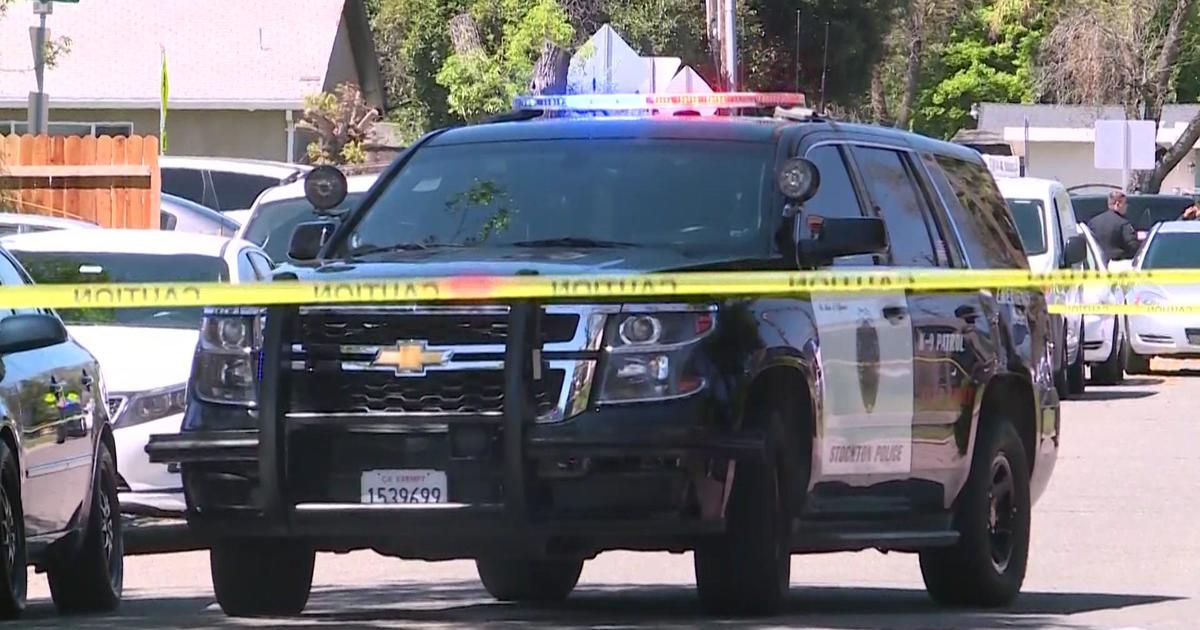'Better Every Day': Improving Progress On Caldor Lifting Hopes Of Repopulation In South Lake Tahoe
SOUTH LAKE TAHOE, Calif. (CBS13/AP) — Firefighters are making progress on The Caldor Fire, officials said Saturday, lifting hopes for tens of thousands of residents who are waiting this weekend to return to South Lake Tahoe.
Lighter winds and higher humidity continue to reduce the spread of flames and fire crews were quick to take advantage by doubling down on burning and cutting fire lines around the Caldor Fire.
Bulldozers with giant blades, crews armed with shovels and a fleet of aircraft dropping hundreds of thousands of gallons of water and fire retardant helped keep the fire's advance to a couple of thousand acres — a fraction of its explosive spread last month and the smallest increase in two weeks.
"The incident continues to look better and better every day," Tim Burton, an operations chief with the California Department of Forestry and Fire Prevention, told firefighters at a Saturday briefing. "A large part of that is due to your hard work as well as the weather cooperating in the last week or so."
The northeast section of the immense Sierra Nevada blaze was still within a few miles of South Lake Tahoe and the Nevada state line but fire officials said it hadn't made any significant advances in several days and wasn't challenging containment lines in long sections of its perimeter.
With more than one-third of the 334-square-mile (866-square-kilometer) blaze surrounded, authorities allowed more people back into their homes on the western and northern sides of the fires Friday afternoon.
Mandatory evacuation orders on the Nevada side of the state line had been lifted, Douglas County announced Saturday. But some areas remained on a warning status and in California, there was no timeline for allowing the return of 22,000 South Lake Tahoe residents.
Though mandatory evacuations were lifted in Nevada, "residents are still encouraged to remain alert as a precautionary evacuation warning indicates that a fire still has the potential to threaten in the near future," Douglas County officials said in a statement. "This situation continues to evolve."
Authorities were taking the decision on whether to lift South Lake Tahoe's evacuation day by day.
"It's all based on fire behavior," said Jake Cagle, a fire operations section chief. "For now, things are looking good ... we're getting close."
The resort area can easily accommodate 100,000 people on a busy weekend but was eerily empty — except for the occasional, wandering bear — just before the holiday weekend.
The wildfire dealt a major blow to an economy that heavily depends on tourism and was starting to rebound this summer from pandemic shutdowns.
"It's a big hit for our local businesses and the workers who rely on a steady income to pay rent and put food on their table," said Devin Middlebrook, mayor pro-tem of South Lake Tahoe.
He said the shutdown will also hurt the city, as it gets most of its revenue to pay for police and fire services, as well as road maintenance, from hotel taxes and sales taxes.
Apple Hill will fully open Labor Day weekend to tourists and locals looking for some fun without smoke.
Every year during the fall, people pick apples from Apple Hill orchards, but this year is not like the rest. With fires burning nearby, locals who were evacuated for weeks are on the fence about returning to business as usual.
Fire crews still had a lot of work to do in the grasslands, timber stands and granite outcroppings. And despite the overall better weather, winds could still be "squirrely" and locally erratic as they hit the region's ridges and deep canyons.
The fire — which began Aug. 14, was named after the road where it started and raged through densely forested, craggy areas — has destroyed nearly 900 homes, businesses and other buildings. It was still considered a threat to more than 30,000 more structures.
Wildfires this year have burned at least 1,500 homes and decimated several mountain hamlets. The Dixie Fire, burning about 65 miles (105 kilometers) north of the Caldor Fire, is the second-largest wildfire in state history at about 1,385 square miles (3,585 square kilometers) and is 55% contained.
California has experienced increasingly larger and deadlier wildfires in recent years as climate change has made the West much warmer and drier over the past 30 years. Scientists have said weather will continue to be more extreme and wildfires more frequent, destructive and unpredictable. No deaths have been reported so far this fire season.



